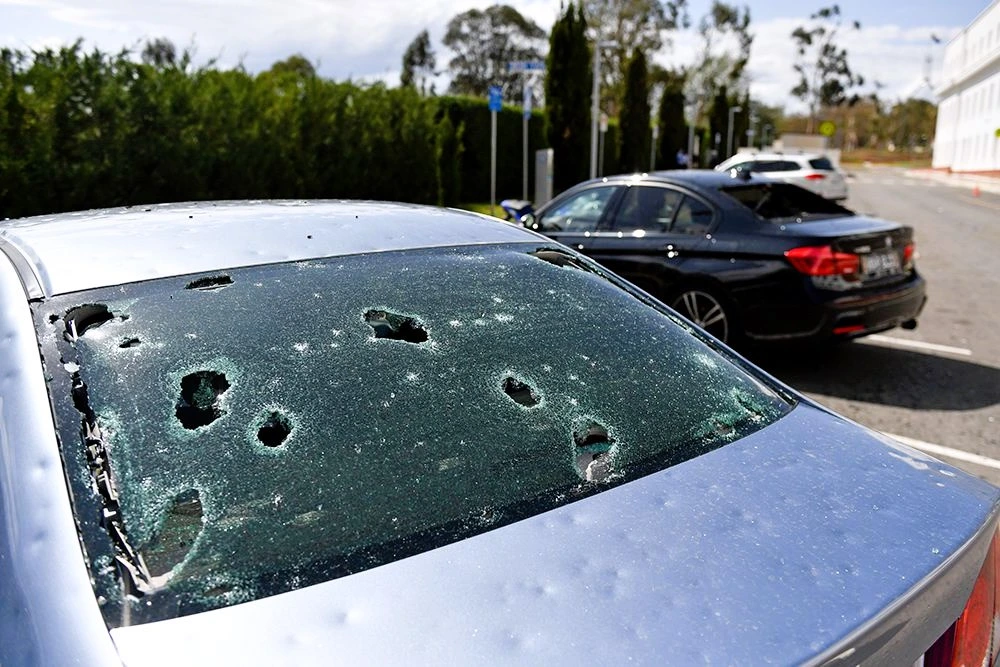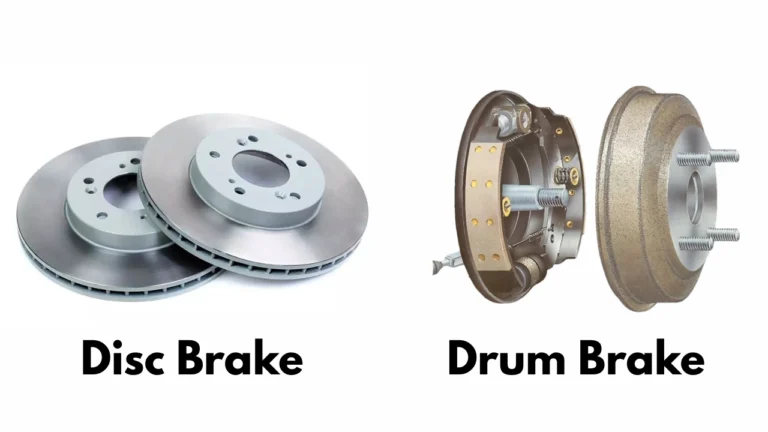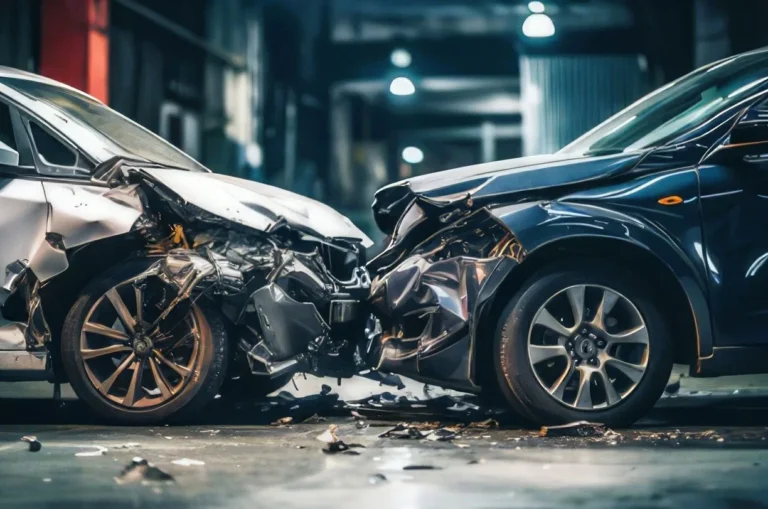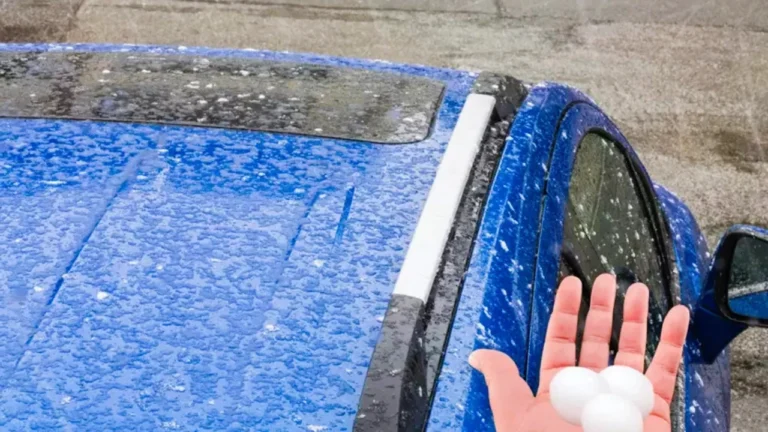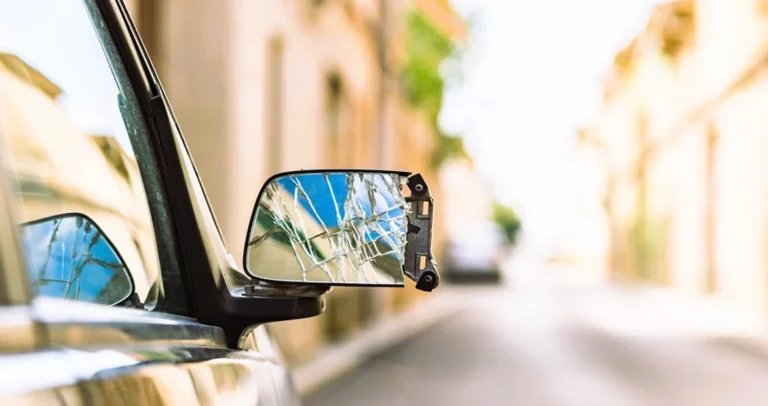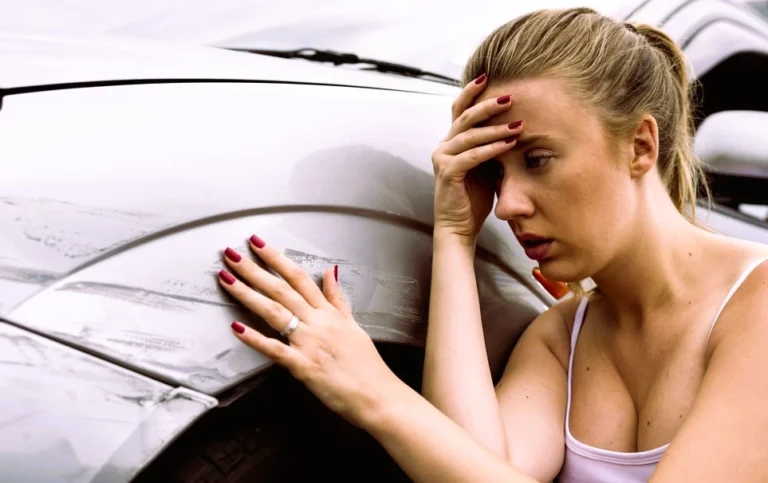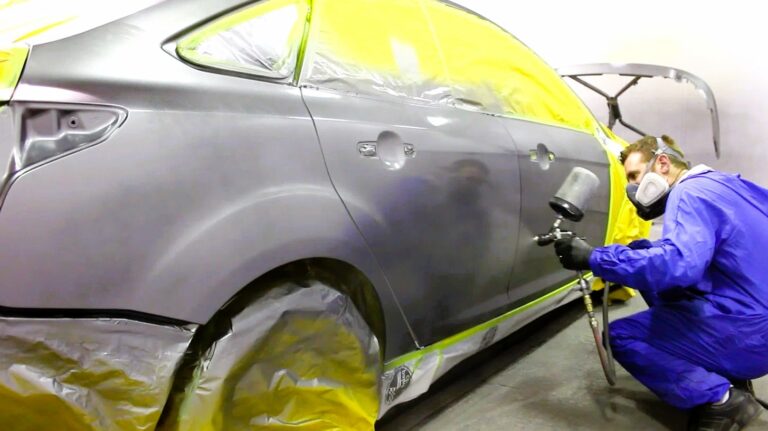What Size of Hail Can Damage Your Car
Hailstorms are a natural calamity that usually comes unannounced. If you own a car you may ask yourself what size hail damages cars? The fact is that even small hailstones can do significant damage, particularly if your car is left outdoors. This blog will discuss the specifics of hail damage and how to understand when it is a real threat.
Knowledge of how big does hail have to be to damage your car and its ability to destroy vehicles is important for all car owners. The knowledge of the risk makes you take precautionary measures such as seeking shelter or investing in protective covers. Hail damage isn’t just a cosmetic issue it can affect your car resale value, result in expensive repairs, and even compromise structural integrity.
How Hail is Measured
Hail size is normally expressed in inches or in comparison with everyday objects such as coins. Meteorologists tend to use these comparisons in order to give people a clear idea of what to expect during a storm. The size determines the amount of damage it can do directly.

For instance, hail as big as a pea may only leave water spots. However, hail the size of a golf ball or larger can break windshields or dent car roofs. The bigger the hailstone, the more energy it contains and the more damage it can cause. This is especially concerning during severe thunderstorms or supercell storms, which are more likely to produce large hail.
At What Size Does Hail Become Dangerous?
Now, let’s answer the big question: how big does hail have to be to damage your car? Generally, hailstones larger than 1 inch in diameter are considered dangerous. That’s about the size of a quarter. Hail this size can dent metal, shatter glass, and chip paint.
However, damage also depends on the speed and angle at which the hail hits your vehicle. High winds can push even smaller hailstones to dangerous speeds. So, it’s not just about size it’s also about impact force and exposure time. If you live in hail-prone states like Texas, Colorado, or Oklahoma, the risk is even higher.
How to Protect Your Car from Hail Damage
Protecting your car from hail doesn’t have to be complicated. A few smart decisions can save you thousands in repair bills. The best way to avoid damage is to keep your car in a garage or under a shelter during storm warnings.
When parking outside, try to find covered parking or use a hail car cover. These covers are made of thick, padded material that can absorb impact. It’s also wise to keep an eye on weather forecasts, especially during storm season, and sign up for weather alert apps to get timely warnings.
What to Do If You’re Caught in a Hailstorm
At times, it is impossible to escape hailstorms. If you are driving and a storm begins, then stop safely. Pull over under a bridge or any shelter. If there is no shelter around, park your car with the hail hitting the front, which is stronger than side panels or windows.
Remain in the car during the storm. Huge hailstones may injure you, and going outside can be dangerous. After the storm, check your car for damages and record everything for auto insurance claims.
Common Hail Sizes and Their Damage Potential
Here’s a quick guide to hail sizes and what they typically do to a vehicle:
- Pea-sized (0.25 inch): Usually harmless, but can leave water spots
- Marble-sized (0.5 inch): Rarely causes damage, but may chip paint
- Dime-sized (0.7 inch): Minor dents possible, especially on thin panels
- Quarter-sized (1 inch): Likely to dent and scratch surfaces
- Golf ball-sized (1.75 inches): Can shatter windows and crack windshields
- Baseball-sized (2.75 inches): Major damage, including body dents and glass breakage
Even smaller hail can damage a car if combined with strong winds. That’s why it’s important not to ignore weather alerts and understand what size hail damages cars so you can act accordingly.
Read More – What is the Front Bumper Replacement Cost?
Insurance and Hail Damage
Most car insurance policies include hail damage in the comprehensive coverage option. This coverage is very important if you live in an area that is prone to hail. Make a claim as soon as the damage is done.
Take good pictures of all affected areas. Take close-up shots of dents, broken glass, and scratched paint. These images will aid your claim and make the process faster. It’s also good to have repair estimates and service records ready to support your case.
Signs That Your Car Has Hail Damage
Hail damage isn’t always obvious right away. Sometimes, dents and scratches are small and hard to spot. Here are a few things to look for after a hailstorm:
- Dents on the hood, roof, and trunk
- Broken or chipped windshield
- Cracked or missing side mirrors
- Scratches or paint chips
- Unusual noises from inside panels
Even if the damage seems minor, it’s wise to get your car checked by a professional auto repair technician. Small dents can weaken the metal and lead to rust if left untreated.
Repair Options for Hail Damage
Once you confirm your car has hail damage, explore your repair options. Paintless Dent Repair (PDR) is a popular method. It removes dents without affecting the car’s paint and is usually cheaper than traditional bodywork.
Another option is full body repair, which may include repainting and replacing damaged panels. Your choice will depend on the severity of the damage and your insurance coverage. Get multiple estimates to find the best deal.
Conclusion
So, what size hail damages cars? The answer is: any hail over 1 inch in diameter can be harmful, especially with high winds or prolonged exposure. Hail damage can lead to costly repairs and reduce your vehicle’s value. That’s why prevention and quick response are so important.
Always watch weather reports during storm season and be prepared to act. Park in safe locations, use protective gear, and consider updating your auto insurance. A little effort can save you a lot of stress—and money in the long run.
